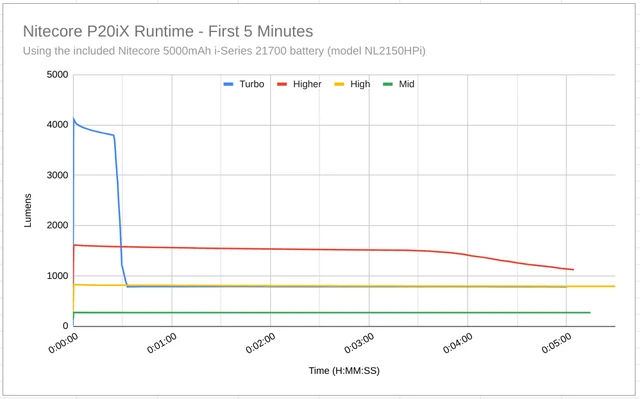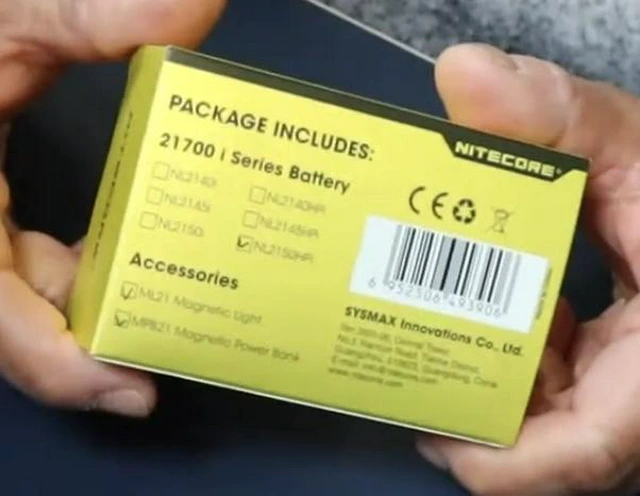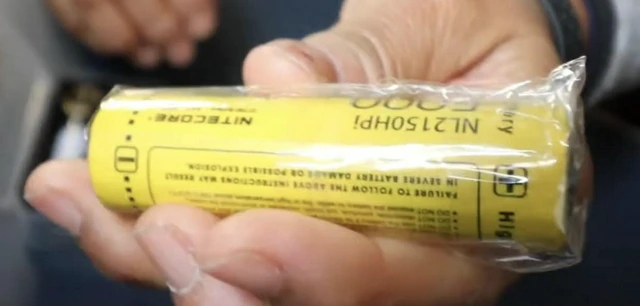Here's your quick primer.
Only ICR, known as LiCo, actually LiCoO2 or lithium cobolt oxide, require a protection circuit, since this is the only chemistry that if discharged below 2.5V can form shorts in the cell (I believe called "dendrites,") and when placed back on a charger can cause a fire, or in extremely rare cases, explode and then cause a fire. So if you overdischarge LiCo cells below 2.5V, do not charge them, do not use them again. Find a battery drop and recycle them.
Every other available Li-ion cell chemistry tolerates overdischarge below 2.5V. Though it will still damage the cell, nothing bad will happen if placed back on a charger. They just won't hold peak capacity or put out peak current anymore. That's what happens to abused cells.
So the rule is do not overdischarge Li-ion cells below 2.5V, and never overcharge above 4.2V (or in some cases, for LiHV, or High Voltage Lithium Polymer, never over 4.35V).
If using lights with multiple cells, never remove the cells until ready to swap sets, because if you mix them up and place them back in the light, it could be bad.
Don't try to use a light that is cold and frozen when it has 3V Lithium primaries in it. Warm the light up first, or far better, toss the frozen cells and replace with room temperature cells.
Don't dispose of in a fire. Recycle Li-ion cells at a battery drop at your nearest hardware or big box store.
That is really all there is to Li-ion cell safety.
Best practices include never dropping your cells, and always rest your cells after use and before charging, and after charging and before use, at least an hour, two to be sure.
For multicell lights, create sets of cells that you never break up, and swap the location of the cells for each use for even wear. When initially choosing cells for sets, use new cells and match the resting voltages.
There really isn't anything else.
My main question is that I guess most rechargeables use what is commonly an 18650 battery?
Well, it's very popular, because 18650 has had a lot of R&D and advancements in capacity. This R&D interest has lately switched to 21700 cells, and we expect advancements in capacity here, mostly because Tesla has switched to using these cells in their electric vehicles.
If I get a well known branded flashlight that has one of those batteries, am I getting anything more dangerous than a laptop or a cell phone?
Not really, except the laptop or smart phone has a computer helping to condition the cells, watching its capacity and voltage, and should automatically not work with them anymore once the cell shows the computer signs it is or they are no longer any good.
It's a Li-ion cell. The convention for the numbered cells is the first two numbers are the diameter in mm, next two numbers the height in mm, so that cell is 21mm in diameter and 70mm tall. An ordinary AA 1.5V battery is also technically a 14500 cell, because it is 14mm in diameter and 50mm tall, though most commonly a 14500 cell is a 3.6V, 3.7V or 3.2V cell. An 18650 cell is 18mm in diameter and 65mm tall. An 18350 cell is 18mm in diameter and 35mm tall. It is very common for numbered cells to be slightly larger than their designation, so we often find large capacity 18650 cells that are 18.15mm in diameter, but I think you get the idea.
Samsung INR2170050E 9.8A 5000mAh is an example of a 21700 cell.
Vapcell K40 INR21700 30A 4000mAh is another example.
Molicel P42A INR21700 45A 4200mAh is still yet another good example. "mAh" is the capacity in milliamp-hours. The xxA number is the max current rating for continuous discharge in amps. Generally speaking, the highest capacity cells have a lower max current rating, and cells that put out a lot of current will have a lower capacity rating. You look at the specs for your flashlight, how much current it draws, and choose your cells based on that. I like my cells to be rated to handle at least twice the amps that my flashlight needs, but I have broken my own rule many times. I don't know NiteCore cells, have no experience with them, but many swear by them, though I believe it is possible to get better rated cells for less cost. If the light comes with a cell, use it.
Get different labelled cells from reputable manufacturers for a cell swaps. In no particular order, reputable Li-ion cell manufacturers include Samsung, Sanyo/Sony, Sony/Murata, Keeppower, Vapcell, Molicel, Imren, Efest, Surefire, and there are others I'll add as I remember. Only purchase from reputable sellers such as
Illumn and
Liion Wholesale (though I have purchased Keeppower cells from AliExpress, and they were legitimate).
In general, avoid using any cell made by a company with fire in the name other than Surefire, such as Ultrafire. I have seen that Olight makes some pretty crappy cells, no matter how loved their flashlight models are, their cells don't put out any amps.
There are lots of flashlight models that use 21700 cells.
Noctigon, for instance, has several model flashlights that use 21700 cells. Zebralight sold a few models that use 21700 cells, such as their
SC700 series. Many 21700 flashlights will also be able to use 18650 cells and 20650 cells as long as the cell's cathode (positive side) and anode (negative side) can reach the appropriate contacts in the light.




